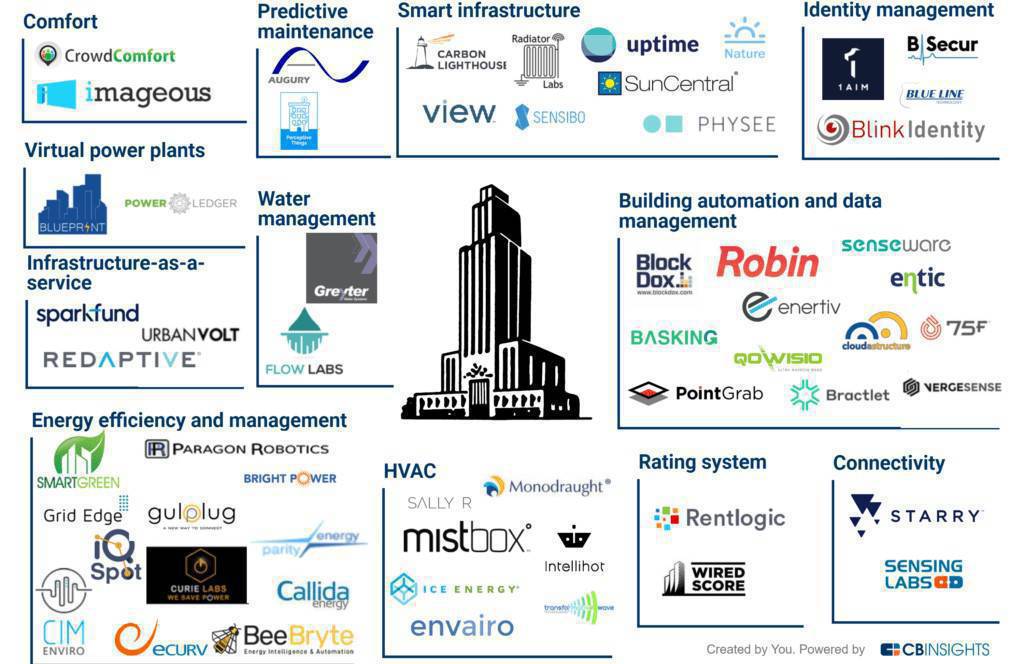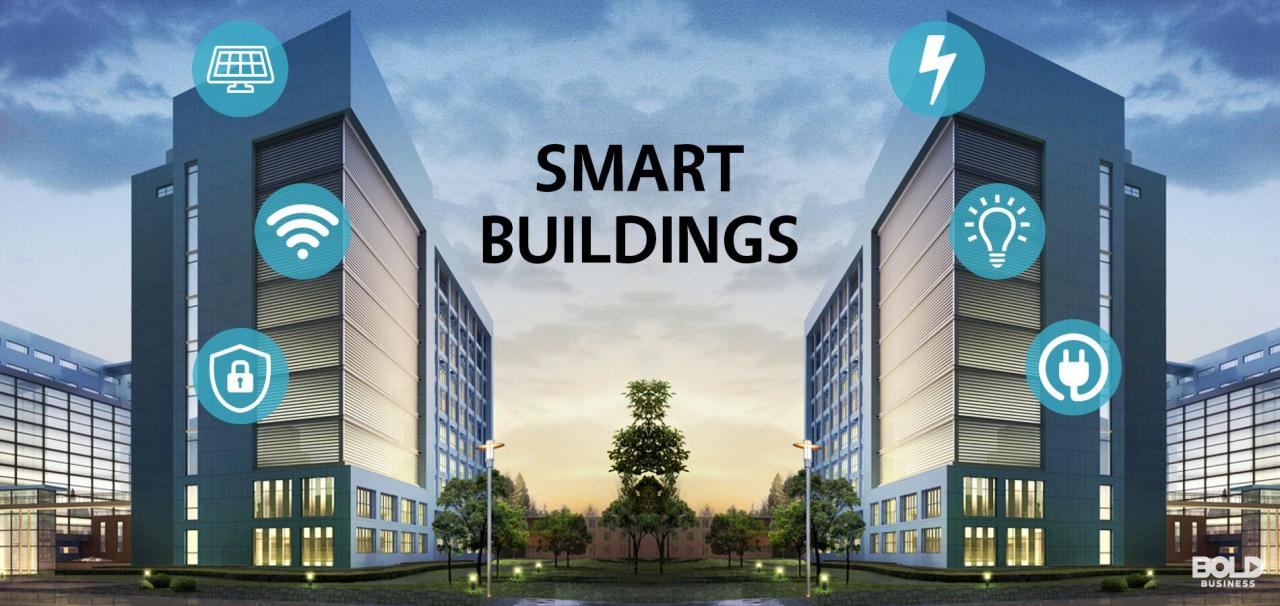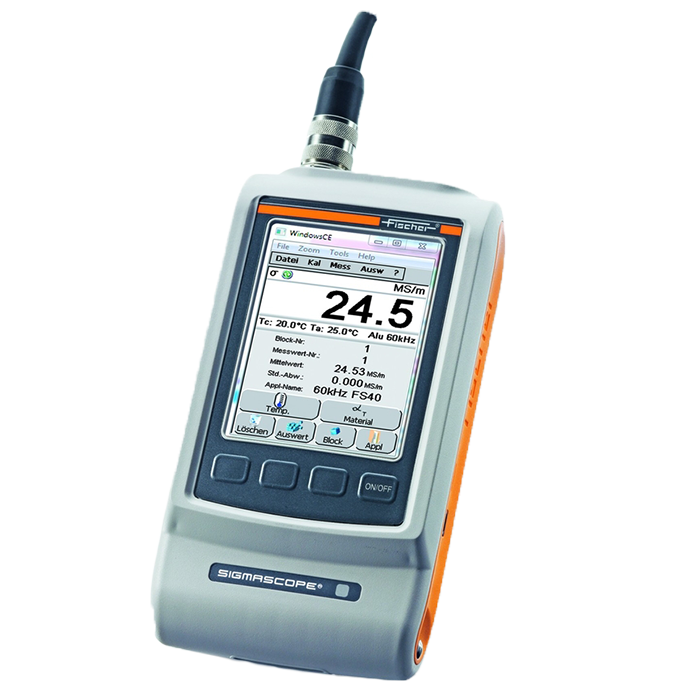Smart Building Technology Companies: Shaping the Future of Architecture
Smart building technology companies are at the forefront of a revolution in the built environment, transforming how we design, construct, and manage buildings. From energy-efficient systems to intelligent security measures, […]

Smart building technology companies are at the forefront of a revolution in the built environment, transforming how we design, construct, and manage buildings. From energy-efficient systems to intelligent security measures, these companies are driving a shift towards a more sustainable and connected future.
The rise of smart buildings is fueled by a confluence of factors, including advancements in technology, growing concerns about sustainability, and the increasing demand for improved building performance. These solutions are not only enhancing the comfort and safety of occupants but also creating significant economic and environmental benefits.
The Rise of Smart Building Technology
The concept of smart buildings has evolved from its humble beginnings as a futuristic vision to a tangible reality, transforming the way we live, work, and interact with our built environment. The journey from rudimentary automation systems to sophisticated, interconnected ecosystems has been driven by a confluence of technological advancements, changing societal needs, and a growing awareness of the potential benefits of intelligent buildings.
Key Drivers of Smart Building Adoption
The increasing adoption of smart building solutions is driven by several key factors:
- Energy Efficiency and Sustainability: Smart buildings optimize energy consumption through intelligent controls, reducing operational costs and minimizing environmental impact. For instance, sensors monitor occupancy and adjust lighting, heating, and cooling systems accordingly, leading to significant energy savings.
- Enhanced Occupant Comfort and Productivity: Smart buildings provide personalized experiences, optimizing comfort and productivity for occupants. For example, automated climate control, dynamic lighting, and personalized access control systems enhance user experience and contribute to a more productive work environment.
- Data-Driven Insights and Predictive Maintenance: Smart building technologies generate vast amounts of data that provide valuable insights into building performance. This data can be used to optimize building operations, identify potential issues before they arise, and predict maintenance needs, reducing downtime and extending asset life.
- Increased Security and Safety: Smart buildings integrate advanced security systems, including access control, video surveillance, and intrusion detection, enhancing safety and security for occupants and assets. Real-time monitoring and automated response systems ensure rapid intervention in case of emergencies.
- Technological Advancements: The development of new technologies such as the Internet of Things (IoT), artificial intelligence (AI), and cloud computing has fueled the growth of smart building solutions. These technologies enable seamless connectivity, data analytics, and intelligent automation, driving innovation and efficiency in building management.
Smart Building Technology Solutions and Applications

Smart building technology solutions are an essential component of modern building design and operation. These solutions integrate various technologies to enhance building efficiency, safety, and sustainability. By leveraging data-driven insights and automation, smart buildings create a more comfortable and productive environment for occupants while minimizing environmental impact.
Building Management Systems (BMS)
Building Management Systems (BMS) are the central nervous system of a smart building. They integrate and manage various building systems, such as HVAC, lighting, security, and access control. BMS provide real-time monitoring and control capabilities, allowing building managers to optimize energy consumption, improve occupant comfort, and enhance building security.
BMS collect data from various building systems, analyze it, and generate actionable insights for building managers.
Internet of Things (IoT) Sensors, Smart building technology companies
The Internet of Things (IoT) plays a crucial role in smart buildings by providing a vast network of interconnected sensors. These sensors collect data on various aspects of the building environment, such as temperature, humidity, occupancy, and energy consumption. This data is then transmitted to the BMS or other platforms for analysis and decision-making.
- Temperature and Humidity Sensors: Monitor indoor climate conditions and optimize HVAC systems for occupant comfort and energy efficiency.
- Occupancy Sensors: Detect the presence of people in rooms and automatically adjust lighting and HVAC systems based on occupancy levels.
- Energy Consumption Sensors: Track energy usage in real-time and identify areas for improvement to reduce energy consumption and operational costs.
Energy Management Systems
Energy Management Systems (EMS) are designed to optimize energy consumption in buildings. They integrate data from various sources, such as BMS, IoT sensors, and utility meters, to identify areas for energy savings. EMS use algorithms and predictive analytics to control building systems, such as HVAC, lighting, and appliances, to minimize energy waste.
- Demand Response: EMS can automatically adjust building energy consumption based on real-time electricity prices, reducing energy costs during peak demand periods.
- Renewable Energy Integration: EMS can optimize the use of renewable energy sources, such as solar panels, to reduce reliance on fossil fuels and decrease carbon footprint.
Security and Access Control Systems
Security and access control systems are crucial for safeguarding buildings and protecting occupants. Smart building technologies enhance security by integrating various systems, such as video surveillance, intrusion detection, and access control.
- Video Surveillance: High-definition cameras provide real-time monitoring of building premises, deterring crime and assisting in investigations.
- Intrusion Detection: Sensors detect unauthorized entry and trigger alarms to alert security personnel.
- Access Control: Smart locks and card readers control access to different areas of the building, restricting unauthorized entry and improving security.
Building Automation Systems
Building Automation Systems (BAS) automate building operations, such as HVAC, lighting, and security systems. BAS integrate data from various sources, including BMS, IoT sensors, and user preferences, to optimize building performance and enhance occupant comfort.
- HVAC Automation: BAS control HVAC systems to maintain optimal temperature and humidity levels, reducing energy consumption and improving indoor air quality.
- Lighting Automation: BAS adjust lighting levels based on occupancy, daylight availability, and time of day, minimizing energy consumption and improving occupant well-being.
- Security Automation: BAS integrate security systems to automate tasks such as locking doors, triggering alarms, and notifying security personnel.
Outcome Summary: Smart Building Technology Companies

As we move forward, smart building technology companies are poised to play an even more critical role in shaping the future of our cities. With the integration of cutting-edge technologies like AI and 5G, buildings are becoming increasingly intelligent and responsive, paving the way for a more sustainable, efficient, and connected urban landscape.
Smart building technology companies are constantly innovating, integrating new technologies to optimize building efficiency and create more sustainable environments. One area where this innovation is evident is in the development of advanced spray systems, such as those using parts from c.a.
technologies spray gun parts. These parts are designed to deliver precise and efficient application of coatings, improving the overall performance and longevity of building materials. By embracing such advancements, smart building technology companies are pushing the boundaries of what’s possible in creating intelligent and sustainable structures.









